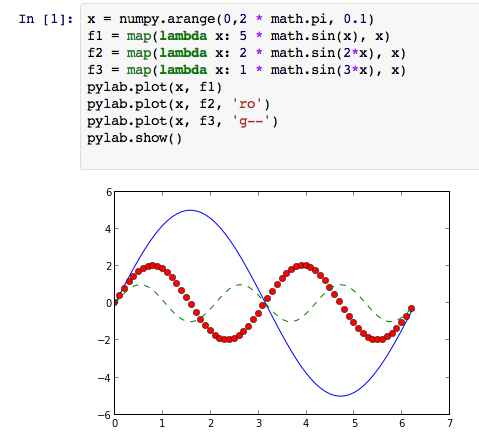I recently was car shopping, and I had the question about gas mileage: "How much does, say, the difference between 25 mpg and 30 mpg cost?"
To answer this question, I did a bit of analysis using IPython Notebook...
Goal
- To find how much different fuel efficiencies cost in terms of dollars per year.
- I want to estimate this value for the next 10 or so years.
Assumptions
- I'm estimating the average price per gallon of gas (over the next 10 years) to be $4.50. It is around $3.60 now, I adjusted for inflation, and counter-adjusted for the time-value of money.
- I'm estimating that we will drive about 14,000 miles per year (based on the last 3 years).
Data
price_per_gallon = 4 ...
